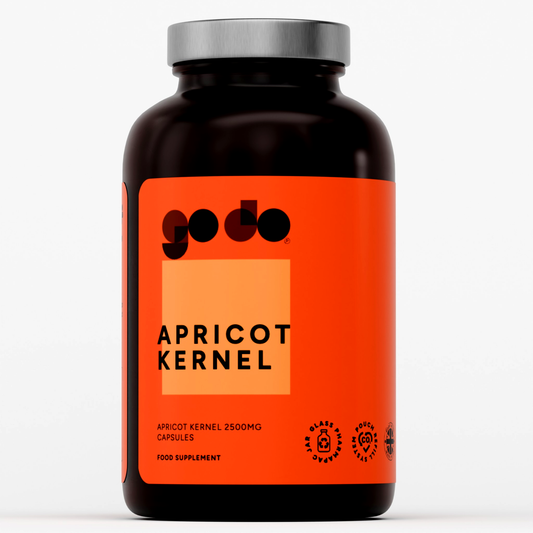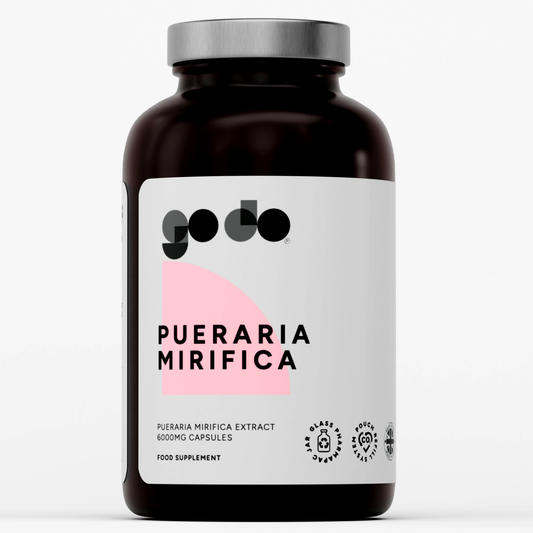Meal replacement shakes have become a popular tool in the quest for weight loss. These convenient, portion-controlled drinks offer a quick and easy way to reduce calorie intake while ensuring the body still receives essential nutrients.
However, not all shakes are created equal. While some can support a healthy weight loss journey, others may do more harm than good. This article explores what to look for and what to avoid when choosing meal replacement shakes for weight loss.
Why Use Meal Replacement Shakes for Weight Loss?
Meal replacement shakes can offer a practical solution for people with busy lifestyles, those looking to control portions, or anyone seeking a structured way to reduce daily calorie intake. When used correctly, they can:
-
Control hunger: Protein and fiber-rich shakes help you feel full longer.
-
Offer consistency: Easier to monitor calorie and macronutrient intake.
-
Save time: No cooking or meal prep required.
-
Ensure nutrition: Quality shakes are fortified with essential vitamins and minerals.
But using them wisely is key. Relying too heavily on shakes or picking the wrong formula can hinder progress.
What to Look for in a Good Meal Replacement Shake
When shopping for weight loss shakes, there are several essential features to consider.
Balanced Macronutrients
A proper shake should mimic a balanced meal. Look for:
-
Protein: At least 15–20 grams per serving to promote satiety and muscle maintenance.
-
Fiber: Aim for 3–5 grams to support digestion and help you stay full.
-
Healthy Fats: About 5–10 grams from sources like flaxseed, chia, or avocado oil.
-
Carbohydrates: Moderate (around 20–30 grams), ideally from complex carbs like oats.
High-Quality Protein Source
Opt for shakes with complete protein sources like:
-
Whey protein isolate or concentrate
-
Casein protein
-
Plant-based blends such as pea, rice, or hemp
These proteins are more bioavailable and support muscle retention during weight loss.
Low Added Sugars
Avoid shakes loaded with sugar. Excess sugar spikes blood glucose, leads to crashes, and contributes to fat storage. Look for:
-
Less than 8 grams of sugar per serving
-
Natural sweeteners like stevia, monk fruit, or erythritol
Essential Vitamins and Minerals
A true meal replacement should contain at least 20–30% of the recommended daily intake of key nutrients such as:
-
Vitamin D
-
Vitamin B12
-
Iron
-
Magnesium
-
Potassium
-
Calcium
This helps prevent deficiencies when replacing full meals.
Minimal Artificial Ingredients
Choose shakes with clean labels—minimal preservatives, artificial colors, or synthetic flavors. The shorter the ingredient list, the better.
Gluten-Free or Dairy-Free
Those with intolerances or dietary preferences should opt for allergen-friendly shakes. Many plant-based shakes are naturally dairy- and gluten-free.
What to Avoid in a Meal Replacement Shake
Just as there are key ingredients to seek out, there are also red flags to watch for when selecting a meal replacement shake.
High Sugar Content
Some weight loss meal replacement shakes contain as much sugar as a soda. Consuming these can lead to energy crashes, cravings, and fat gain. Avoid:
-
High-fructose corn syrup
- Sugarcane
-
More than 10 grams of sugar per serving
Low Protein Content
A shake with under 10 grams of protein won't keep you full and can lead to muscle loss. Without enough protein, you may also feel unsatisfied, leading to snacking.
Lack of Fiber
Fiber is essential for feeling full and supporting digestion. Low-fiber shakes are less satisfying and may lead to overeating.
Artificial Sweeteners and Additives
Some ingredients, while technically calorie-free, may not be beneficial:
-
Aspartame and saccharin: linked to digestive issues and cravings
-
Excess thickeners may cause bloating or stomach upset
-
Artificial dyes and preservatives: unnecessary for a healthy shake
Extreme Calorie Deficits
Shakes with fewer than 150 calories are often too low to be considered a true meal replacement. They may leave you hungry and undernourished, risking a binge later.
Tips for Using Meal Replacement Shakes Safely
-
Don’t replace every meal: Use them to replace one meal per day, such as breakfast or lunch.
-
Pair with whole foods: Supplement with fruits, vegetables, and lean proteins at other meals.
-
Hydrate well: Many shakes are rich in fiber and protein, so drink water to aid digestion.
-
Listen to your body: If a shake leaves you bloated, fatigued, or constantly hungry, it may not be the right choice.
- Use as a short-term aid: Shakes are most effective when used as part of a broader, long-term healthy eating strategy.
Meal Replacement Protein Bar: Another Option for Weight Loss
While meal replacement shakes are a popular option, many people are now turning to a meal replacement protein bar for weight loss as a convenient, portable alternative. These bars are especially useful for those who need a no-mess, no-blender solution while commuting, traveling, or navigating a busy workday.
A quality meal replacement protein bar for weight loss should offer similar nutritional benefits to a shake: around 15–20 grams of protein, at least 5 grams of fiber, and a balanced amount of healthy fats and complex carbohydrates. When paired with adequate hydration, these bars can keep you full and energized between meals without spiking your blood sugar levels.
They also make portion control easier. Each bar is pre-packaged, so there’s no guesswork involved, helping you avoid overeating or snacking unnecessarily. However, not all bars are created equal. Avoid those high in added sugars, syrups, or artificial fillers, which can counteract your weight loss goals.
Final Thoughts
Meal replacement shakes or protein bars can be a valuable tool in your weight loss toolkit if you choose wisely. The best shakes are nutrient-rich, protein-packed, and low in added sugars. Avoid those with artificial ingredients and poor nutritional profiles. Remember, while shakes can simplify your routine, whole foods should remain the foundation of your diet. By combining quality shakes or bars with healthy eating and exercise, you’ll be well on your way to reaching your weight loss goals safely and sustainably.
They’re especially helpful during busy days when preparing a balanced meal feels overwhelming. Just be sure to treat them as part of a broader wellness plan, not a shortcut. Over time, a consistent and thoughtful approach will yield lasting results and support long-term health.





